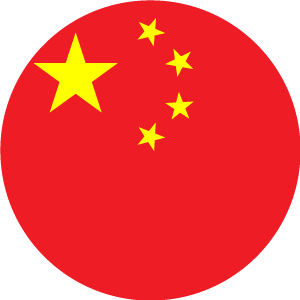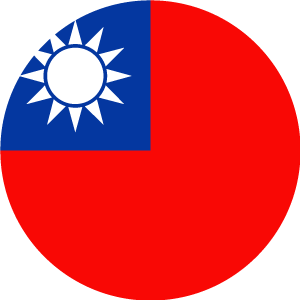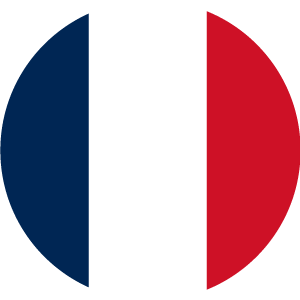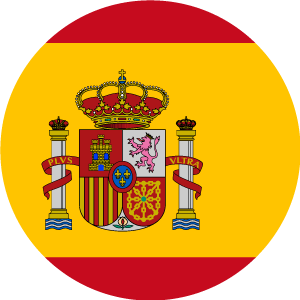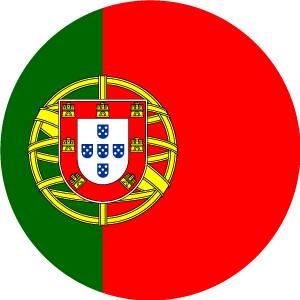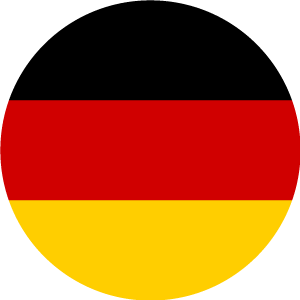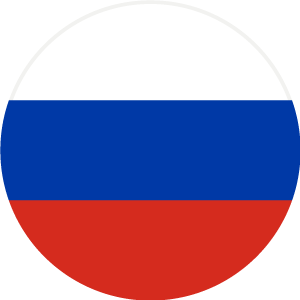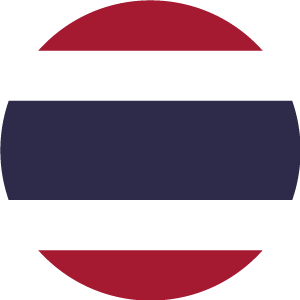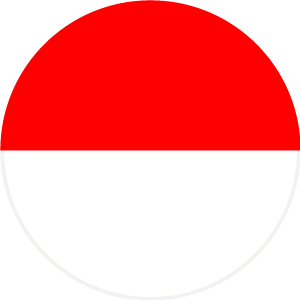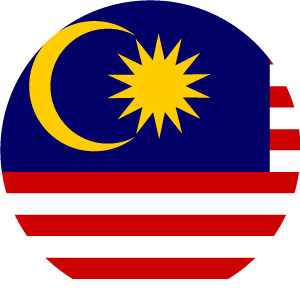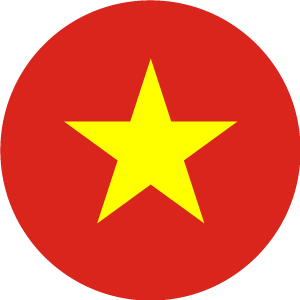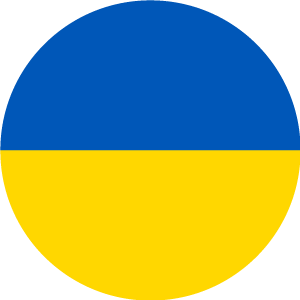IEICE TRANSACTIONS on Fundamentals
A Multi-Learning Immune Algorithm for Numerical Optimization
Summary :
The emergence of nature-inspired algorithms (NIA) is a great milestone in the field of computational intelligence community. As one of the NIAs, the artificial immune algorithm (AIS) mimics the principles of the biological immune system, and has exhibited its effectiveness, implicit parallelism, flexibility and applicability when solving various engineering problems. Nevertheless, AIS still suffers from the issues of evolution premature, local minima trapping and slow convergence due to its inherent stochastic search dynamics. Much effort has been made to improve the search performance of AIS from different aspects, such as population diversity maintenance, adaptive parameter control, etc. In this paper, we propose a novel multi-learning operator into the AIS to further enrich the search dynamics of the algorithm. A framework of embedding multiple commonly used mutation operators into the antibody evolution procedure is also established. Four distinct learning operators including baldwinian learning, cauchy mutation, gaussian mutation and lateral mutation are selected to merge together as a multi-learning operator. It can be expected that the multi-learning operator can effectively balance the exploration and exploitation of the search by enriched dynamics. To verify its performance, the proposed algorithm, which is called multi-learning immune algorithm (MLIA), is applied on a number of benchmark functions. Experimental results demonstrate the superiority of the proposed algorithm in terms of convergence speed and solution quality.
- Publication
- IEICE TRANSACTIONS on Fundamentals Vol.E98-A No.1 pp.362-377
- Publication Date
- 2015/01/01
- Publicized
- Online ISSN
- 1745-1337
- DOI
- 10.1587/transfun.E98.A.362
- Type of Manuscript
- PAPER
- Category
- Numerical Analysis and Optimization
Authors
Shuaiqun WANG
Tongji University
Shangce GAO
Donghua University,University of Toyama
Aorigele
University of Toyama
Yuki TODO
Kanazawa University
Zheng TANG
University of Toyama
Keyword
Latest Issue
Copyrights notice of machine-translated contents
The copyright of the original papers published on this site belongs to IEICE. Unauthorized use of the original or translated papers is prohibited. See IEICE Provisions on Copyright for details.
Cite this
Copy
Shuaiqun WANG, Shangce GAO, Aorigele, Yuki TODO, Zheng TANG, "A Multi-Learning Immune Algorithm for Numerical Optimization" in IEICE TRANSACTIONS on Fundamentals,
vol. E98-A, no. 1, pp. 362-377, January 2015, doi: 10.1587/transfun.E98.A.362.
Abstract: The emergence of nature-inspired algorithms (NIA) is a great milestone in the field of computational intelligence community. As one of the NIAs, the artificial immune algorithm (AIS) mimics the principles of the biological immune system, and has exhibited its effectiveness, implicit parallelism, flexibility and applicability when solving various engineering problems. Nevertheless, AIS still suffers from the issues of evolution premature, local minima trapping and slow convergence due to its inherent stochastic search dynamics. Much effort has been made to improve the search performance of AIS from different aspects, such as population diversity maintenance, adaptive parameter control, etc. In this paper, we propose a novel multi-learning operator into the AIS to further enrich the search dynamics of the algorithm. A framework of embedding multiple commonly used mutation operators into the antibody evolution procedure is also established. Four distinct learning operators including baldwinian learning, cauchy mutation, gaussian mutation and lateral mutation are selected to merge together as a multi-learning operator. It can be expected that the multi-learning operator can effectively balance the exploration and exploitation of the search by enriched dynamics. To verify its performance, the proposed algorithm, which is called multi-learning immune algorithm (MLIA), is applied on a number of benchmark functions. Experimental results demonstrate the superiority of the proposed algorithm in terms of convergence speed and solution quality.
URL: https://global.ieice.org/en_transactions/fundamentals/10.1587/transfun.E98.A.362/_p
Copy
@ARTICLE{e98-a_1_362,
author={Shuaiqun WANG, Shangce GAO, Aorigele, Yuki TODO, Zheng TANG, },
journal={IEICE TRANSACTIONS on Fundamentals},
title={A Multi-Learning Immune Algorithm for Numerical Optimization},
year={2015},
volume={E98-A},
number={1},
pages={362-377},
abstract={The emergence of nature-inspired algorithms (NIA) is a great milestone in the field of computational intelligence community. As one of the NIAs, the artificial immune algorithm (AIS) mimics the principles of the biological immune system, and has exhibited its effectiveness, implicit parallelism, flexibility and applicability when solving various engineering problems. Nevertheless, AIS still suffers from the issues of evolution premature, local minima trapping and slow convergence due to its inherent stochastic search dynamics. Much effort has been made to improve the search performance of AIS from different aspects, such as population diversity maintenance, adaptive parameter control, etc. In this paper, we propose a novel multi-learning operator into the AIS to further enrich the search dynamics of the algorithm. A framework of embedding multiple commonly used mutation operators into the antibody evolution procedure is also established. Four distinct learning operators including baldwinian learning, cauchy mutation, gaussian mutation and lateral mutation are selected to merge together as a multi-learning operator. It can be expected that the multi-learning operator can effectively balance the exploration and exploitation of the search by enriched dynamics. To verify its performance, the proposed algorithm, which is called multi-learning immune algorithm (MLIA), is applied on a number of benchmark functions. Experimental results demonstrate the superiority of the proposed algorithm in terms of convergence speed and solution quality.},
keywords={},
doi={10.1587/transfun.E98.A.362},
ISSN={1745-1337},
month={January},}
Copy
TY - JOUR
TI - A Multi-Learning Immune Algorithm for Numerical Optimization
T2 - IEICE TRANSACTIONS on Fundamentals
SP - 362
EP - 377
AU - Shuaiqun WANG
AU - Shangce GAO
AU - Aorigele
AU - Yuki TODO
AU - Zheng TANG
PY - 2015
DO - 10.1587/transfun.E98.A.362
JO - IEICE TRANSACTIONS on Fundamentals
SN - 1745-1337
VL - E98-A
IS - 1
JA - IEICE TRANSACTIONS on Fundamentals
Y1 - January 2015
AB - The emergence of nature-inspired algorithms (NIA) is a great milestone in the field of computational intelligence community. As one of the NIAs, the artificial immune algorithm (AIS) mimics the principles of the biological immune system, and has exhibited its effectiveness, implicit parallelism, flexibility and applicability when solving various engineering problems. Nevertheless, AIS still suffers from the issues of evolution premature, local minima trapping and slow convergence due to its inherent stochastic search dynamics. Much effort has been made to improve the search performance of AIS from different aspects, such as population diversity maintenance, adaptive parameter control, etc. In this paper, we propose a novel multi-learning operator into the AIS to further enrich the search dynamics of the algorithm. A framework of embedding multiple commonly used mutation operators into the antibody evolution procedure is also established. Four distinct learning operators including baldwinian learning, cauchy mutation, gaussian mutation and lateral mutation are selected to merge together as a multi-learning operator. It can be expected that the multi-learning operator can effectively balance the exploration and exploitation of the search by enriched dynamics. To verify its performance, the proposed algorithm, which is called multi-learning immune algorithm (MLIA), is applied on a number of benchmark functions. Experimental results demonstrate the superiority of the proposed algorithm in terms of convergence speed and solution quality.
ER -



